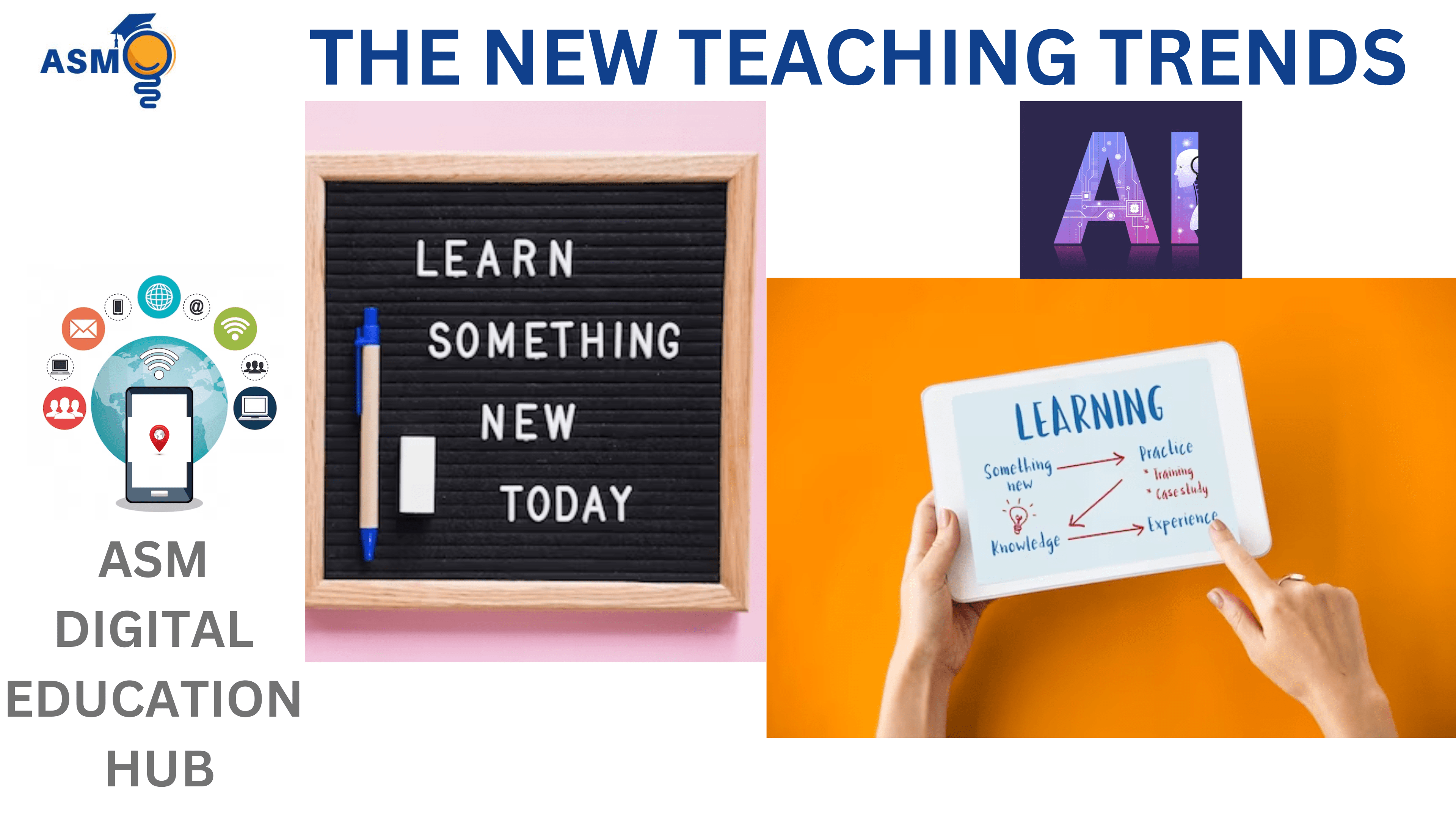- Increased use of artificial intelligence (AI): AI is already being used in education in a variety of ways, such as providing personalized feedback to students and grading assignments. In the future, AI is expected to play an even greater role in education, such as by helping to develop individualized learning plans for students and by providing real-time support to students during their learning.
- Greater use of virtual reality (VR) and augmented reality (AR): VR and AR are immersive technologies that can be used to create more engaging and interactive learning experiences. For example, students can use VR to explore historical sites or to learn about scientific concepts. AR can be used to overlay digital information onto the real world, which can be used to create interactive learning experiences.
- More focus on social and emotional learning (SEL): SEL is the process of developing the self-awareness, self-management, social awareness, relationship skills, and responsible decision-making skills needed to succeed in school, work, and life. In the future, SEL is expected to become a more integral part of the curriculum, as educators recognize the importance of these skills for student success.
- Increased focus on equity and inclusion: Educators are increasingly aware of the need to create an equitable and inclusive learning environment for all students. This means being mindful of different learning styles and needs, and making accommodations as needed. It also means being inclusive of all cultures, perspectives, and identities.
These are just a few of the new teaching trends that are expected to emerge in the coming years. As technology continues to evolve and the student body becomes more diverse, we can expect to see even more changes in teaching and learning.
In addition to the above, here are some other teaching trends that are gaining traction:
- Project-based learning: Project-based learning is a teaching approach in which students learn by completing real-world projects. This type of learning is highly engaging and motivating for students, and it helps them to develop important skills such as critical thinking, problem-solving, and teamwork.
- Gamification: Gamification is the application of game design elements and principles to non-game contexts. Gamification can be used to make learning more engaging and fun for students. For example, instructors can use gamification elements such as points, badges, and leaderboards to motivate students to learn.
- Microlearning: Microlearning is a type of learning that is delivered in short, self-contained modules. Microlearning is ideal for busy students who need to learn new skills quickly and efficiently. Microlearning modules can be delivered through a variety of platforms, such as online courses, mobile apps, and video games.
These are just a few of the new teaching trends that are emerging in higher education. As technology continues to evolve and the student body becomes more diverse, we can expect to see even more changes in teaching and learning.

